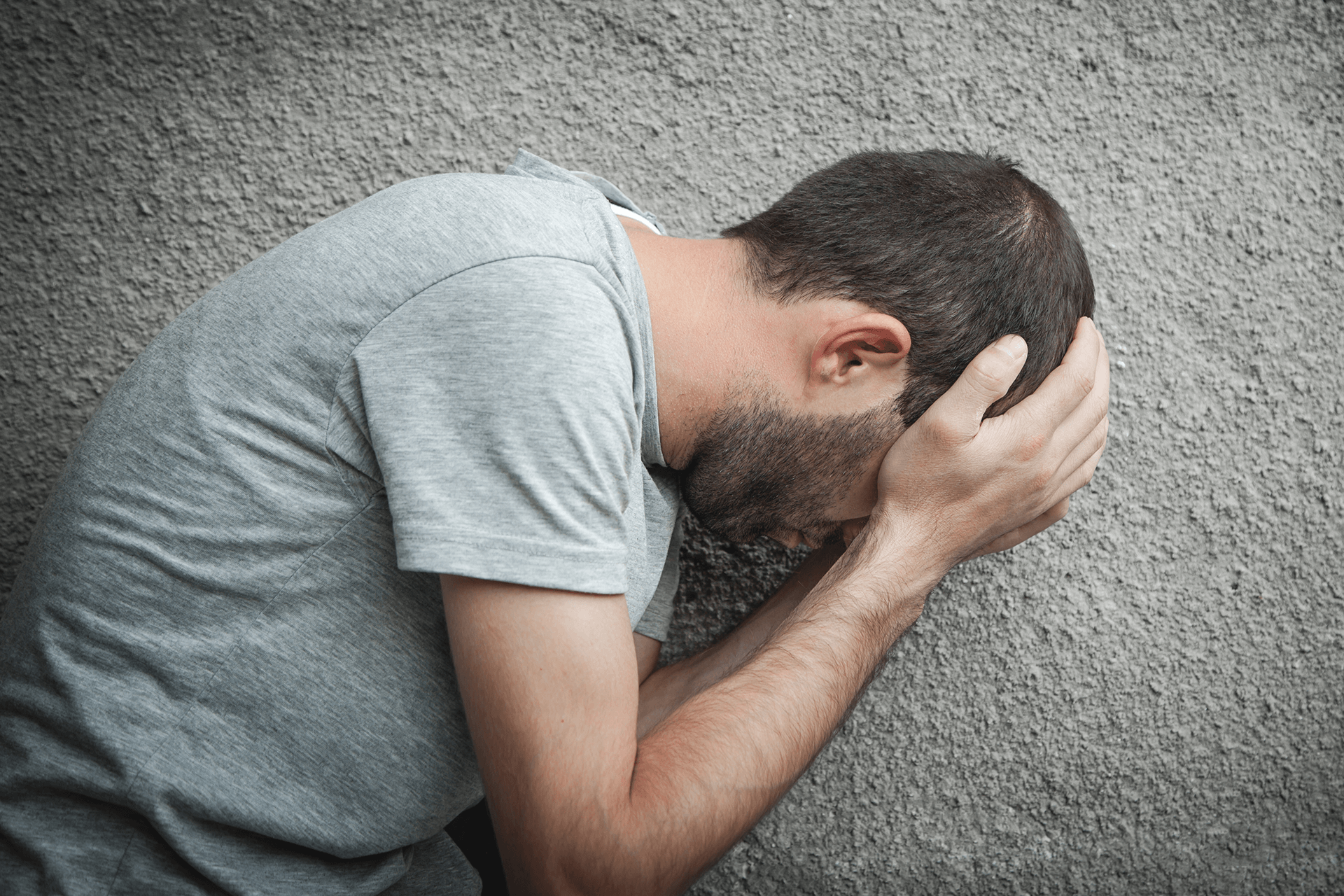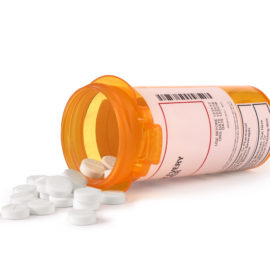Withdrawal from Effexor (venlafaxine), a form of antidepressant discontinuation syndrome, happens when someone suddenly stops taking the medication. Symptoms often start within eight to 12 hours of missing a dose and may last up to two weeks. Common withdrawal symptoms include dizziness, nausea, irritability, restlessness, confusion and difficulty concentrating. Additional effects may include brain zaps, nightmares, and other forms of discomfort.
Antidepressant discontinuation syndrome is a recognized condition that some people experience upon abrupt discontinuation of an antidepressant suddenly. To mitigate this risk, healthcare professionals usually recommend tapering off the medication gradually. Despite this precaution, withdrawal symptoms may still occur.
Effexor Withdrawal Symptoms
Effexor withdrawal symptoms normally manifest within a day or two of stopping the medication. The immediate-release form of venlafaxine has a half-life of about 5 hours, while Effexor XR’s half-life is approximately 11 hours. The onset of withdrawal symptoms aligns with these elimination half-life periods, meaning that Effexor XR withdrawal symptoms typically present later than the side effects of Effexor withdrawals associated with the immediate-release tablets.
Physical Effexor discontinuation symptoms may include:
- Flu-like feelings
- Headaches
- Dizziness
- Nausea
- Drowsiness
- Brain zaps
- Dry mouth
- Impulsive behaviors
Psychological symptoms can consist of:
- Nightmares
- Sleep disturbances and insomnia
- Anxiety
- Depression
- Panic attacks
- Suicidal thoughts
- Seizures
The range and intensity of Effexor withdrawal symptoms can vary greatly from person to person and can be profoundly distressing. To avoid these severe reactions, seek professional help. Effexor addiction is dangerous and abrupt discontinuation of Effexor can be dangerous, even life-threatening. Licensed medical professionals can provide the necessary support and guidance for safely managing Effexor withdrawal. How long does Effexor withdrawal last, then?
Effexor Withdrawal Timeline
The withdrawal timeline from Effexor is contingent on factors that include the duration of use, dosage, and individual physiology. Here’s a rough outline of what to expect during the detox process:
- First two days: Symptoms can begin as early as the first day after missing a dose, especially with the immediate-release version of Effexor. Early symptoms often include nausea, dizziness, headaches, and Effexor withdrawal nausea.
- First week: Withdrawal symptoms intensify during the first week. This period may see the peak of physical symptoms like brain zaps, flu-like symptoms, fatigue, and dizziness, along with emotional manifestations like irritability and anxiety.
- Second week: While some symptoms may start to lessen, psychological symptoms like anxiety, depression, and mood swings can remain prominent. Sleep disturbances like insomnia or vivid dreams may also persist.
- Third week and beyond: Many physical symptoms tend to diminish by this point, although some psychological symptoms like mood changes or anxiety may linger. Gradual improvement is usually observed, but the timeline can differ quite dramatically.
- One month and after: Most people see a significant reduction in withdrawal symptoms by this stage. However, some people experience certain symptoms for longer – particularly psychological symptoms. This is known as protracted withdrawal or PAWS (post-acute withdrawal syndrome).
Medical guidance can help in managing withdrawal symptoms effectively and safely. A healthcare provider can help create a personalized tapering schedule to minimize discomfort and support the person through the withdrawal process.
Effexor Withdrawal Treatment
Effectively managing withdrawal from Effexor involves a combination of medical supervision, gradual dose reduction, and supportive therapies:
- Gradual tapering: The cornerstone of Effexor withdrawal treatment is gradually reducing the dose, a process known as tapering. This helps prevent or minimize withdrawal symptoms. The tapering schedule should be tailored to individual needs and supervised by a healthcare professional.
- Medical supervision: Regular check-ins with a healthcare provider help in monitoring withdrawal symptoms and adjusting the tapering plan if necessary. This supervision ensures safety and addresses any complications that arise during the withdrawal process.
- Symptom management: Medications may be prescribed to alleviate specific withdrawal symptoms such as nausea, headaches, or sleep disturbances. Over-the-counter remedies may also be effective for certain symptoms.
- Counseling and support: Psychological support, including counseling or therapy, can help manage the emotional and psychological symptoms of withdrawal, such as anxiety and depression. Support groups may also provide additional emotional support and accountability.
- Healthy lifestyle practices: Incorporating a healthy diet, regular exercise, and good sleep hygiene can aid in the overall recovery process and help stabilize mood and energy levels.
- Alternative therapies: Some people find relief through alternative therapies like acupuncture, meditation, or yoga, which can help manage stress and improve overall well-being.
Experiences with Effexor withdrawal are not universal, meaning that individualized treatment plans are most effective. Seeking professional guidance and support is central to safely and effectively navigating the withdrawal process.
FAQs
Can Effexor withdrawal kill you?
Effexor withdrawal itself is typically not fatal, but it can lead to severe symptoms that may pose significant health risks – suicidal thoughts or behaviors, for instance.
How can I learn how to stop Effexor withdrawal symptoms?
To learn how to stop Effexor withdrawal symptoms, consult a healthcare professional who can guide you through a gradual tapering process and provide strategies for coping with withdrawal effects.
What are the side effects of weaning off Effexor?
Side effects of weaning off Effexor can include dizziness, nausea, headaches, mood swings, brain zaps, sleep disturbances, and increased anxiety or depression.
Why is Effexor withdrawal so bad?
Effexor withdrawal can be particularly challenging due to the drug’s short half-life, which leads to rapid changes in the brain’s chemical balance when the medication is reduced or stopped.
What is the wet finger method Effexor withdrawal?
The wet finger method is a form of self-tapering that involves emptying Effexor capsules, licking your finger, and dabbing what you feel would be an appropriate weaning amount. This method is inadvisable, though – instead, consult your physician and undergo a tapered reduction in dosage under medical supervision.
Get Treatment for Prescription Drug Abuse at Gratitude Lodge
If you require treatment for antidepressants addiction in Southern California, we can help from detox to discharge and beyond at Gratitude Lodge. Our inclusive and pet-friendly treatment facilities are located in Newport Beach and Long Beach, CA.
Engage with our supervised detoxification program and taper off prescription drugs gradually under close medical supervision. You can then move into ongoing residential treatment at one of our luxury rehabs in serene beachside settings. Here, you can access an individualized blend of therapies that include:
- Medication-assisted treatment
- Talk therapies
- Family therapy
- Group therapy
- Individual counseling
- Holistic interventions
- Aftercare and support
For effective prescription drug addiction treatment in California, call Gratitude Lodge at 800-994-2184.




























